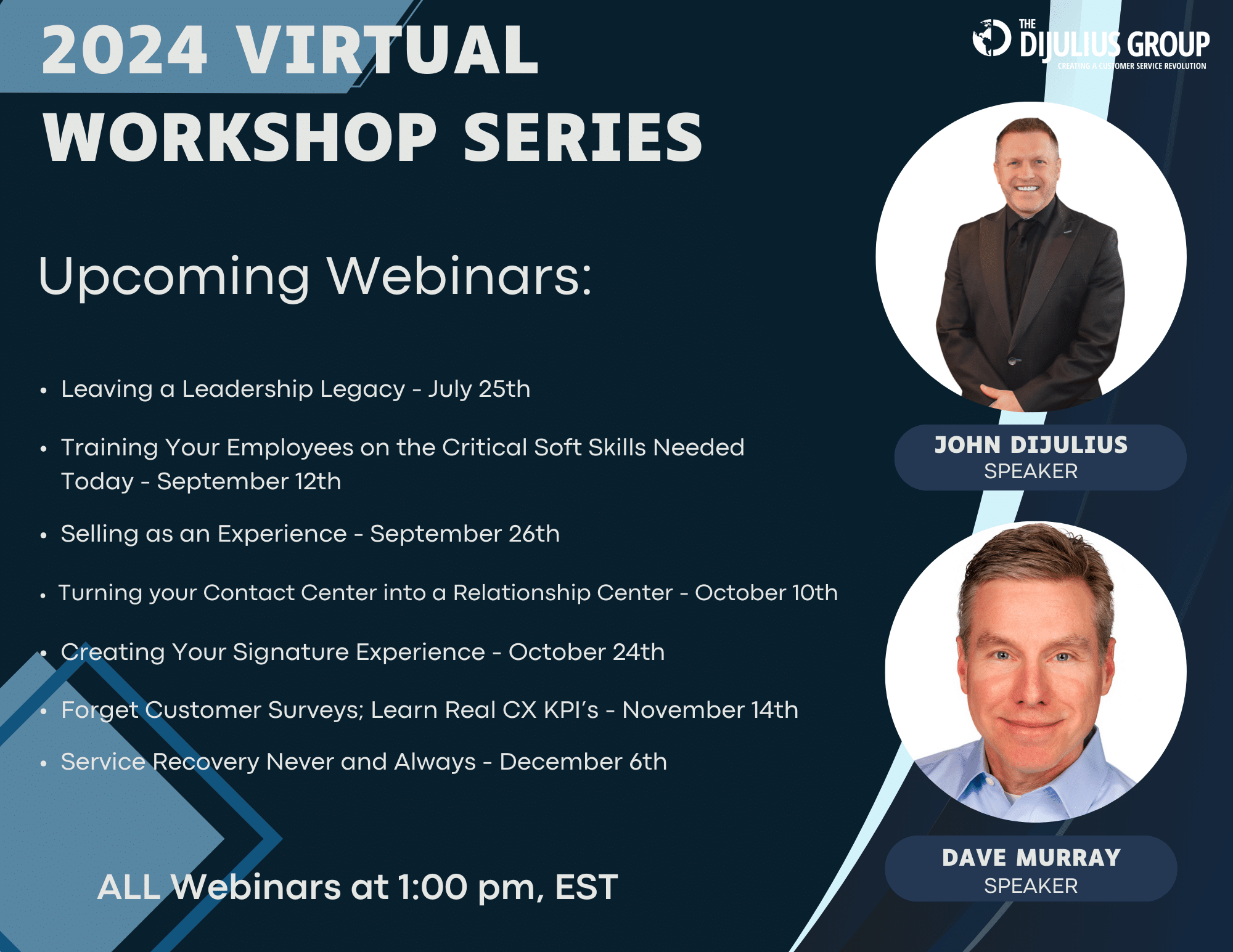TEARING DOWN SILOS BY BUILDING COLLABORATION ACROSS DEPARTMENTS
*The following excerpt about tearing down silos, is from our new book, The Employee Experience Revolution: Increase Morale, Retain Your Workforce, and Drive Business Growth
Workforce, and Drive Business Growth
Tearing Down Silos and Creating World-Class Teamwork
Picture yourself in this situation: You are not feeling well, your chest is feeling tight and knotted, and your breathing feels off. You have a busy day and places to be, but you know something is wrong. You head to the ER. At the emergency room, you have a long wait to be seen, but once you are in a room, medical personnel take great care of you. They get you into a bed and begin observations. They deem your issues minor and caught in time but want to keep you for observation. They let you know you will probably be in the hospital for two to three days for tests and to make sure everything is okay. Once you get to your room, the nursing team is amazing, and the doctors check on you often. You feel better, and you feel well cared for. Other than the inconvenience of having to miss some things that were on your calendar and the long ER wait, you are feeling good and relieved.
Then comes your last morning. You are up early as the overnight nurse comes in to check on you before her shift ends. She wishes you well and lets you know that you will most likely be discharged today. In your mind, you feel a sudden sense of relief. It is 6:00 a.m., and you envision yourself leaving by 10:00 a.m. and going home for lunch. You call your spouse and ask them to take the morning off work to pick you up and get you home.
*Get a Case of The Employee Experience Revolution Books for 50% Off!
Then, you wait, and wait, and wait. Hospital staff comes and goes throughout the morning. No one has any information to share. The next thing you know, it is 11:30 a.m., and lunch is brought in. You pass because you are certain you will have lunch at home. You continue to wait. Your spouse becomes antsy because they only took half a day off and must head in soon. You ring your call button and wait some more. Finally, someone enters your room and explains that being discharged can take a long time and that, typically, 4:00 or 5:00 p.m. is standard for a patient release. At this point, you are tired, hungry, and upset. You thought you would be home for a good chunk of the day, and now you will be lucky to make it home for dinner.
Then you start to wonder—why didn’t anyone tell you? Why didn’t someone take the time to set your expectations of the process and the day? The scenario described above occurs in hospitals daily—and was happening at Flagler Hospital numerous times daily. Flagler Hospital is a leading healthcare provider located in historic St. Augustine, Florida. Flagler Hospital has been taking care of the community since 1889. When this scenario occurred, an otherwise wonderful care experience would be lost, and the patient and family could only focus on this subpar last impression.
*Related – Employee eXperience Executive Academy Launches this September
This unorganized and under-communicated interaction easily took the patient, who would have been a promoter and made them a detractor. Such scenarios negatively affected hospital satisfaction scores and social media reviews and even resulted in an official grievance being filed occasionally. Remember, this is also the last impression—which often is as important if not more important than the ever so popular first impression. In this example from Flagler Hospital, team members made assumptions that someone else was sharing important information. Or, in some cases, medical staff might have been avoiding an unpleasant conversation. Either way, the patient was left in the dark and frustrated. We will discuss what Flagler did to alleviate this major pain point, but first, let’s discuss what creating a world-class internal culture looks like.
The Customer Experience Is Won and Lost in the Transitions
Anytime a client goes from dealing with one team member/department to another, things can go wrong. Take, for example, when a prospective client is dealing with the salesperson during the sales process. The prospect and the salesperson bond; the prospect loves what the salesperson tells them. Now, the prospect becomes a client. The salesperson goes away, and now the client is dealing with someone in operations. The client doesn’t have a bond yet with this person. When the client says, “Joe [the salesperson] told me this is what I can expect,” the operations person may say, “No, that isn’t correct; there must have been a miscommunication. The way it will go is like this . . .” Now, the client may feel like they were misled during the sales process.
When focusing on creating an internal experience between team members across departments within an organization, our six goals are to
- Remove silos, and train compassion and empathy
- Clarify handoffs between departments
- Identify customer segments and define how your work impacts others
- Understand all your internal customers
- Improve communication within departments, locations, and other teams
- Create and improve training
Listen to the accompanying Podcast👇
Episode 166 of The Customer Service Revolution Podcast: TEARING DOWN SILOS BY BUILDING COLLABORATION ACROSS DEPARTMENTS
Register Now for Upcoming *Free* Webinars
12 September: Training Your Employees on the Critical Soft Skills Needed Today
26 September: Selling as an Experience
10 October: Turning your Contact Center into a Relationship Center
24 October: Creating Your Signature Experience
14 November: Forget Customer Surveys; Learn Real CX KPI’s
6 December: Service Recover Never and Always



